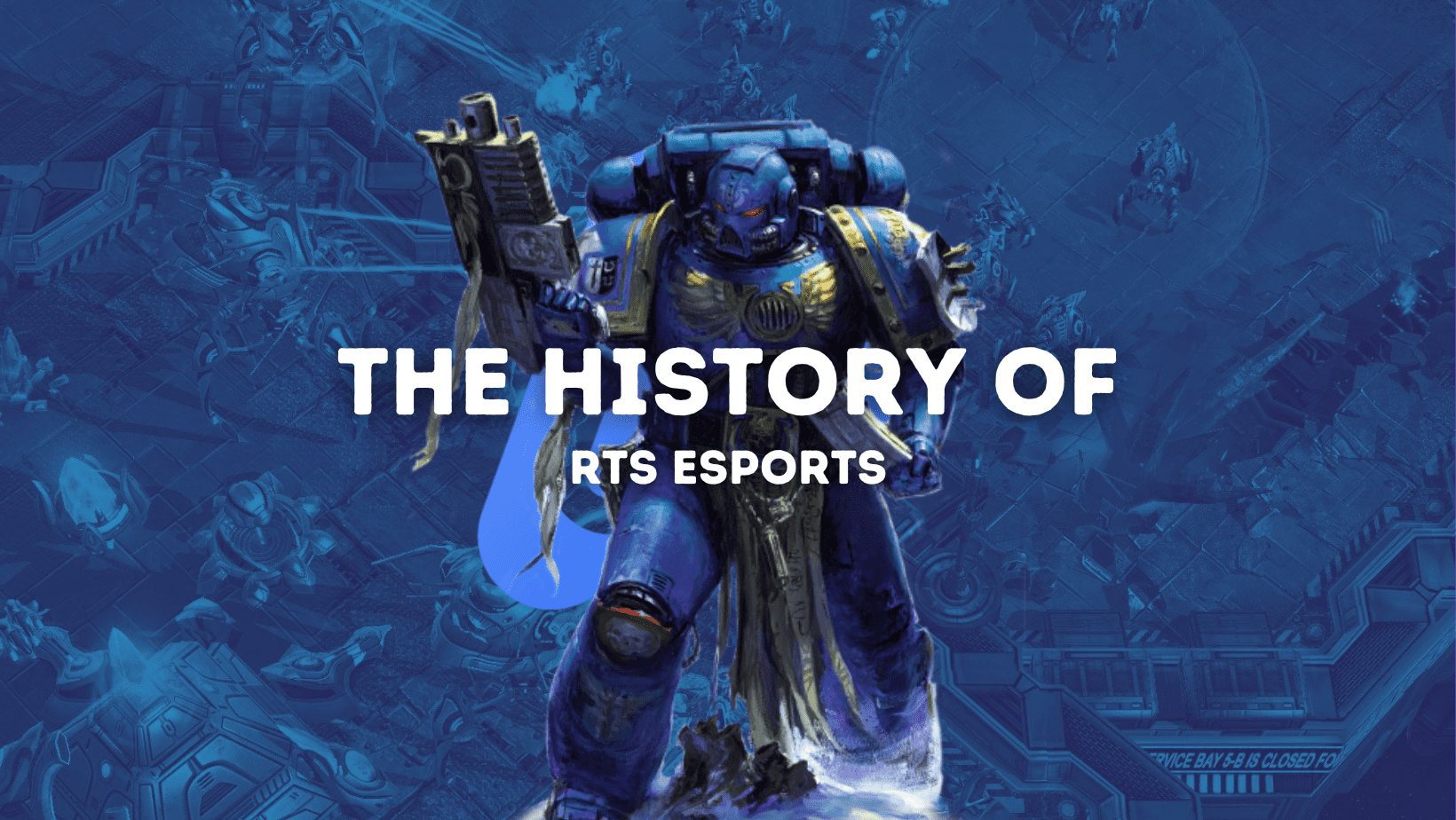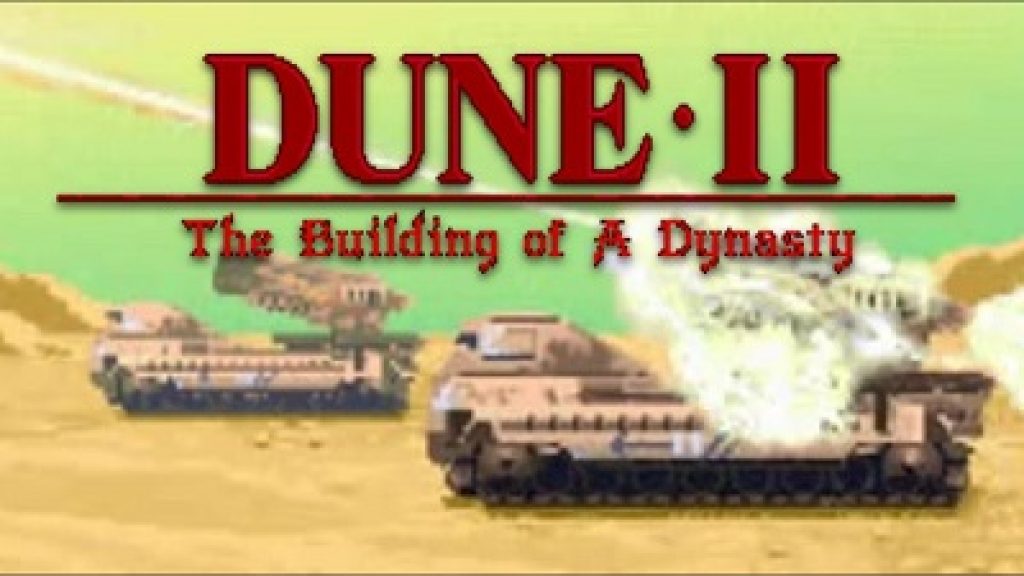The History of RTS Esports

If you were around for the RTS boom of the late nineties and early noughties, you’re likely no more of a stranger to the genre than you are a stranger to the Gameboy Color, Tamagotchi, or people of all ages wearing remarkably dodgy clothing doing the running man to MC Hammer.
Over the years, the real-time strategy games of the nineties and noughties made way to more modern game genres like MOBA games, as well as console-based games.
Nevertheless, there remains a die-hard fanbase dedicated to the classics, as well as a more recent spike in popularity due to the rise of esports and the revival of some of the classics in the genre.
In this post, we’re going to get into the history of real-time strategy games, as well as the history of esports within this category.
Check out also our articles about FPS, Battle Royale, Fighting Game, Card Game, and MOBA esports.
What is an RTS game
An RTS (Real-Time Strategy) game is a subgenre of strategy video games that involve players making decisions and taking actions simultaneously in real-time, as opposed to turn-based strategy games where players take turns.
In RTS games, players often have to manage resources, build bases or units, formulate strategies, and execute them to defeat opponents. Popular RTS games include “StarCraft,” “Warcraft,” and “Age of Empires.”
The appeal of RTS games lies in their complexity and depth, requiring quick decision-making, strategic planning, and efficient multitasking under pressure.
The real-time strategy genre
The real-time strategy game genre is rooted in various previously existing genres/games, making it difficult to define exactly when the first true RTS games were created. Games like Utopia, which was launched in 1981, Cytron Masters, which was launched in 1982, and other games launched in the eighties including Stonkers, Bokosuka Wars, The Ancient Art of War at Sea, and Herzog Zwei, among others, are all commonly mentioned as some of the first games with RTS elements.
Most of these games only included certain elements of RTS games but lacked many of the core features expected in modern games in the genre. Things like gathering resources, commanding troops using your mouse, and multiple teams playing at the same time was seen in some of these games independently but weren’t all seen in the same game. It was the games released in the nineties that are generally considered the first true RTS games. These were the first games that included all the main features that modern real-time strategy games contain.
The first true RTS games

The first game to encompass all the main features expected in RTS games is generally considered to be Dune II: The Building of a Dynasty. It allowed players to gather resources and move units with their mouse as opposed to their keyboard, although it still lacked some of the more advanced features of later games.
Following the release of Dune II, games like Warcraft: Orcs & Humans, Command & Conquer, Command and Conquer: Red Alert, and Warcraft II: Tides of Darkness were released in the mid-nineties.
These games were undoubtedly true RTS games, although there was still some innovation needed to take the games to the standard they reached in the golden age of the genre a few years later.
The golden age of real-time strategy games
Although debatable, many players consider the release of games like Age of Empires in 1997 and StarCraft in 1998 as the start of the golden age of real-time strategy games. These are the oldest games still played professionally today, with both games seeing a recent spike in player numbers and esports coverage. For the past twenty years, esports has featured AoE and StarCraft competitions.
All games that came after these games were built off the same game structure, with few new features being added.
New releases in the late nineties and early two thousand include Age of Empires II: Age of Kings, Empire Earth, Dungeon Keeper, Warzone 2100, Dark Reign 2, and Homeworld 2, among others. These games are all built on AoE and StarCraft, each with slightly different features but following the same overall game format.
Warcraft III, which was released in 2002, was one of the first 3D RTS games to be launched, permanently shifting the genre from 2D to 3D gameplay. From this point on, the true RTS genre started to transform into others, like the Multiplayer Online Battle Arena (MOBA) genre and Real-Time Tactics (RTT) genre. Within a few years, there were very few new RTS releases, as MOBA games became the dominant genre with games like Dota 2 and League of Legends.
From then till now – The end of RTS games?
Since 2006/2007, there were very few new RTS games released. The only RTS game that has managed to gain any real footing was StarCraft 2, which is the most recent real-time strategy game to have been developed. It was launched in 2010 and is still played today, with various esports competitions featuring the game.
Since StarCraft 2, there haven’t been any real successful titles released. The core RTS player base still exists, but the genre hasn’t seen much growth since. Even though RTS esports has grown with the rest of the industry, since many professional players have been playing the same game for well over ten years, it’s very difficult for new players to get involved, somewhat stunting the growth of the genre in esports.
That being said, recent spikes in interest for games like AoE and AoE 2 have managed to revive the genre somewhat. With new competitions expected this year as well as a few releases in the next few years, real-time strategy games are set up for a new surge in interest.
RTS esports of today
Even though there have been very few new RTS games released over the past twenty years, there are still esports competitions for some of the games from the golden age of the genre.
Games like StarCraft and Warcraft III have seen decent esports tournaments for the past ten to twenty years, and with the recent spike in interest, RTS esports is expected to grow over the next few years.
Warcraft III
Warcraft III has featured in some of the biggest esports competitions in the world, including the World e-Sports Games, the World Cyber Games, and the Electronic Sports World Cup. There have also been various Warcraft III World Championships over the past one and a half decades, most of which were in China.
StarCraft
From 2003 onwards, StarCraft has been featured in various esports competitions. Most of these focused on South Korea where the game reached mass adoption quickly and continues to see a large interest among RTS players. There have been over four million dollars in prize money awarded to StarCraft players over the years, with the most notable tournament being the World Cyber Games.
AoE
Age of Empires has a small community of professional and semi-professional players. Recently, AoE and AoE II in particular, have seen a massive spike in new players and viewership. In 2020, various AoE records were broken, including the size of esports prize pools attributed to competitions. With competitions like the Hidden Cup, Battle of Africa 2, and WOLOLO, Age of Empires has seen a recent spike in interest, helping to revive the genre somewhat.
Conclusion
Although the real-time strategy genre hasn’t seen much innovation since its peak in popularity in the early 2000s, the genre still enjoys reasonable esports coverage. Often seen as operating in the shadow of MOBA esports, which is a genre that finds its roots in RTS games, the rich history, and long-lived support that RTS games have seen bodes well for the future.




